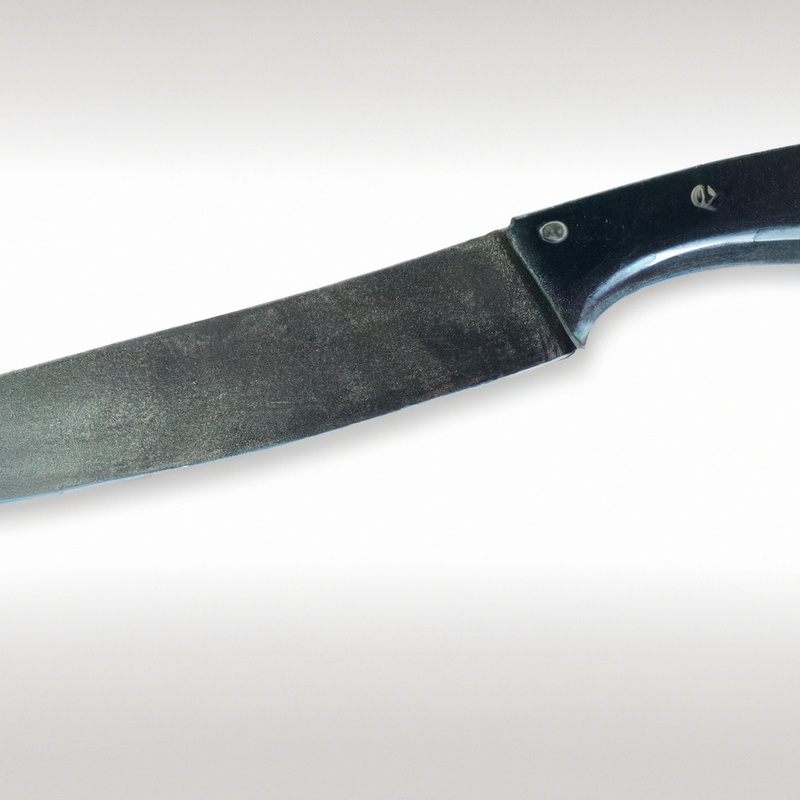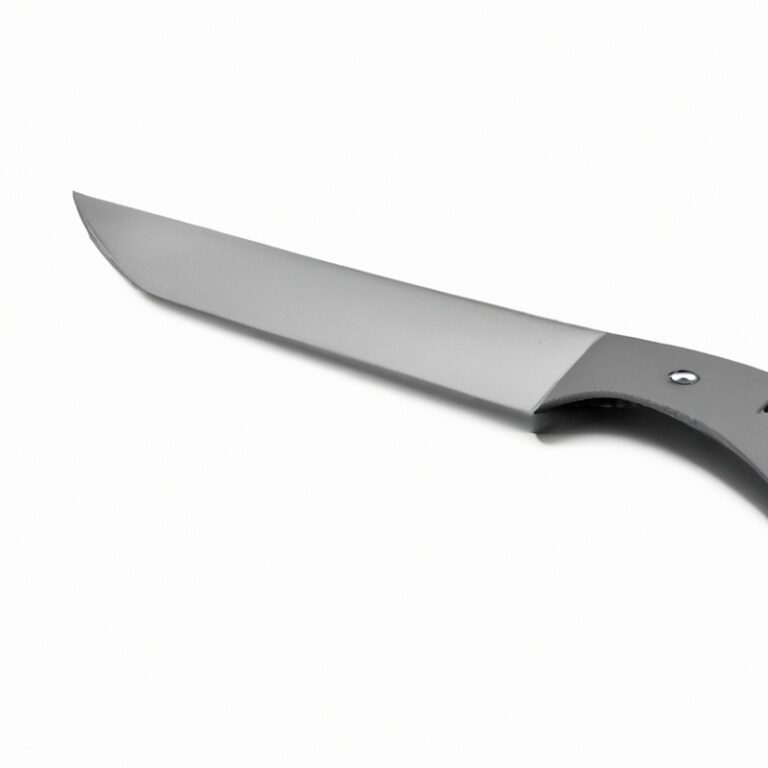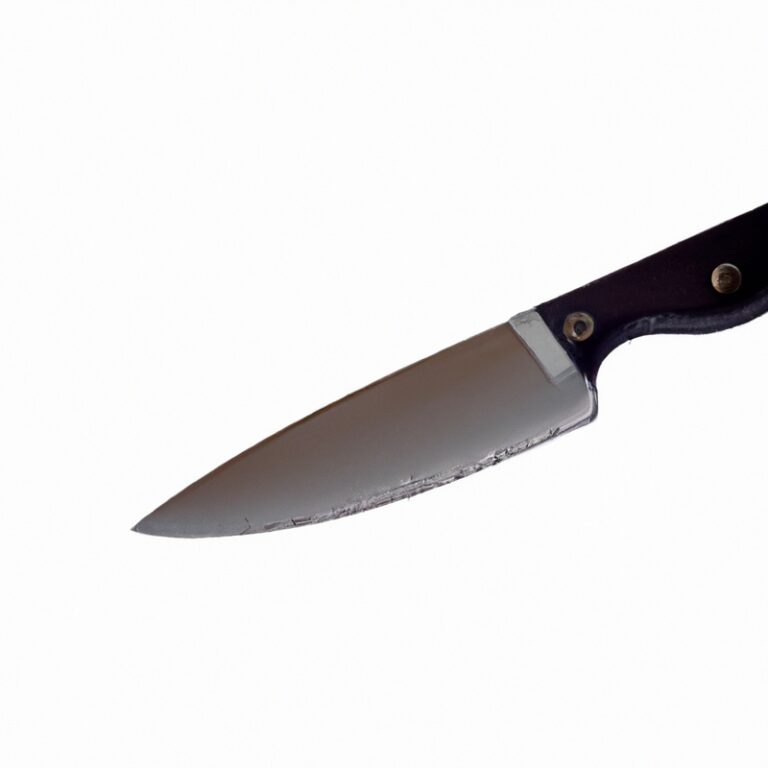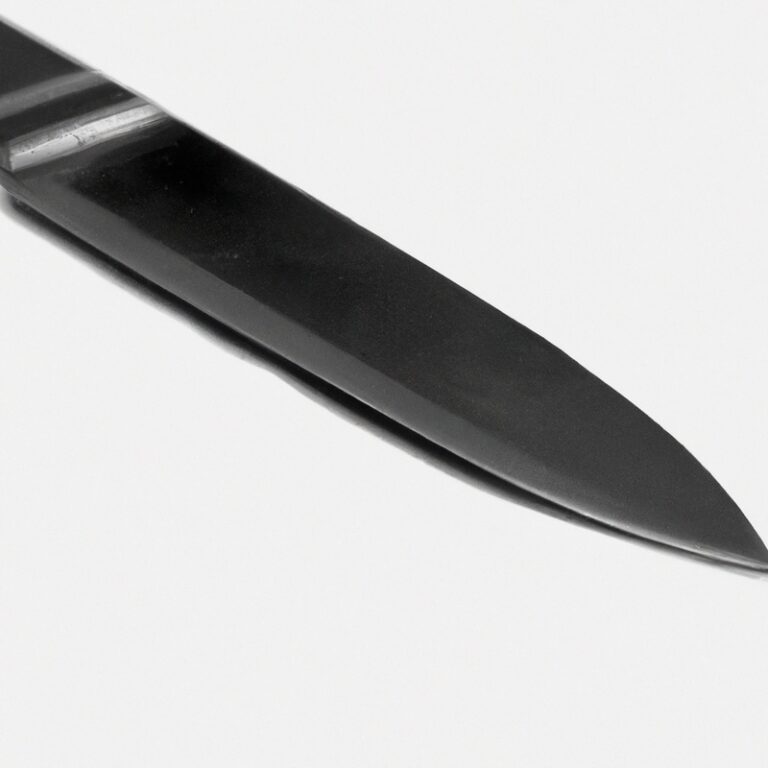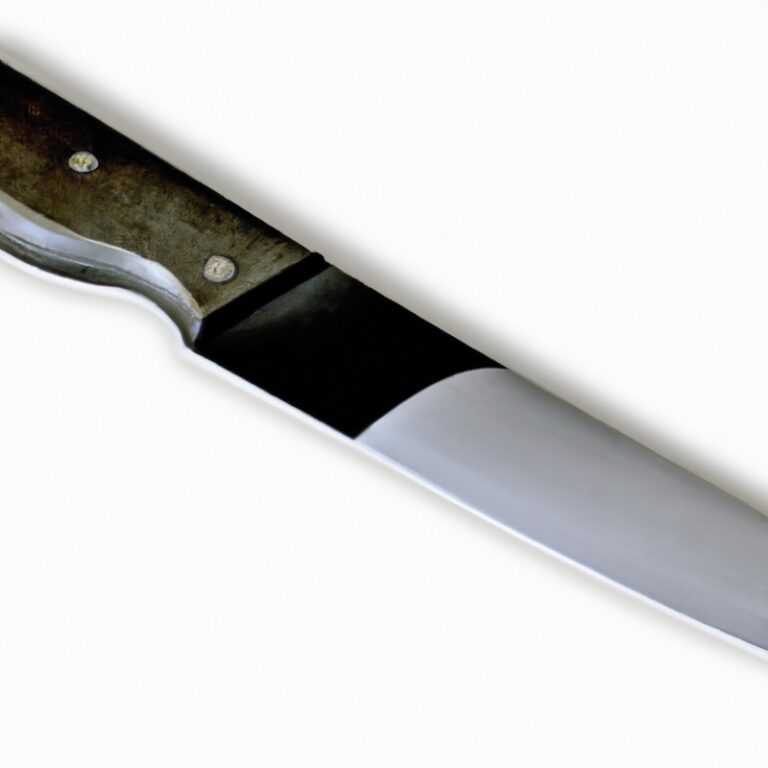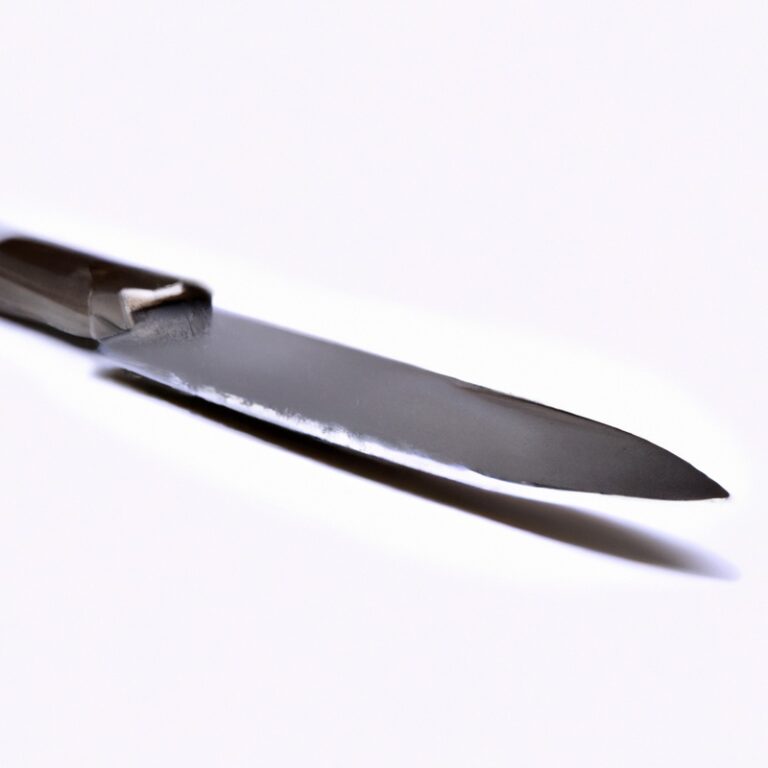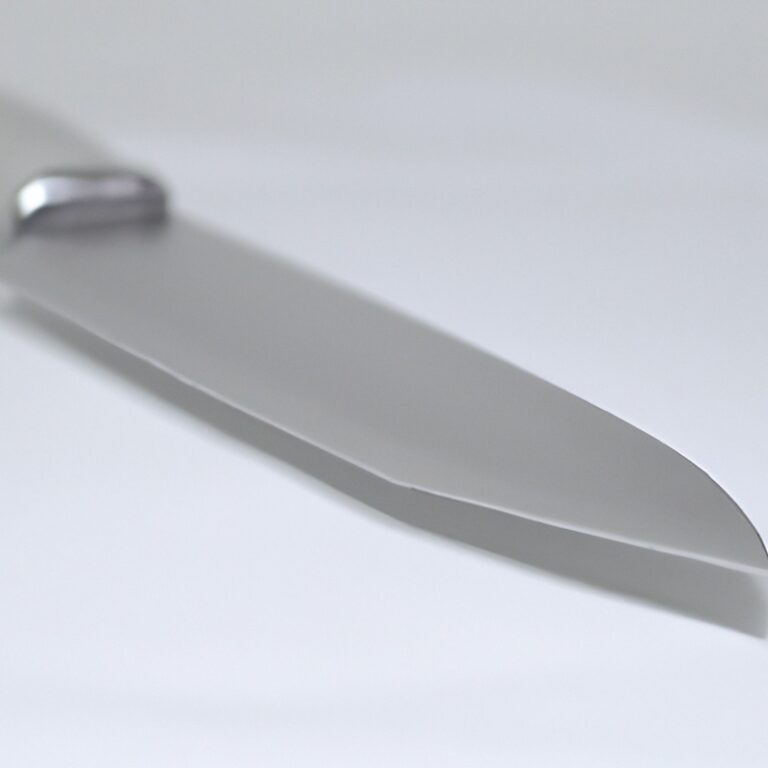What Types Of Food Are Best Suited For a Serrated Knife?
Key Takeaways:
- Tough and crusty foods benefit from a serrated knife’s sharp teeth.
- Serrated knives work well for slicing through delicate items without squishing them.
- Foods with hard exteriors but soft interiors require a serrated knife for precision cutting.
- Serrated knives are ideal for bread, tomatoes, citrus fruits, and cakes with a tender crumb.
Are you tired of struggling to slice through crusty bread or delicate tomatoes with a dull knife? Well, fret no more! In this article, I’m going to share my expertise on the best types of food for a serrated knife.
From fluffy loaf cakes to tough meats and everything in between, I’ll guide you through the diverse range of foods that are best suited for this unique kitchen tool.
And let me tell you, the benefits of using a serrated knife go far beyond just making your cutting tasks easier. So, stay tuned as we dive into the world of serrated knives and uncover the secrets to effortless slicing!
| Type of Food | Best Suited for Serrated Knife |
|---|---|
| Foods with a hard crust | Bread, bagels, and pastries |
| Tomatoes and Citrus Fruits | Tomatoes, oranges, lemons, and limes |
| Soft-skinned Produce | Peppers and eggplants |
| Roasts and Meats | Sliced meats, steak, brisket |
| Cakes and Pastries | Cake layers, puff pastries |
Types of Food Ideal for Serrated Knives
Bread and Loaf Cakes
Bread and loaf cakes are ideal for serrated knives because their crusty exteriors can be tricky to slice with straight-edged knives. The serrated teeth of these knives grip onto the bread’s crust, allowing for clean, precise cuts.
This helps prevent unwanted squashing or tearing of the delicate interior.
Whether you’re slicing a fresh baguette or a soft banana bread, a serrated knife will make your job easier and ensure beautifully sliced pieces every time.
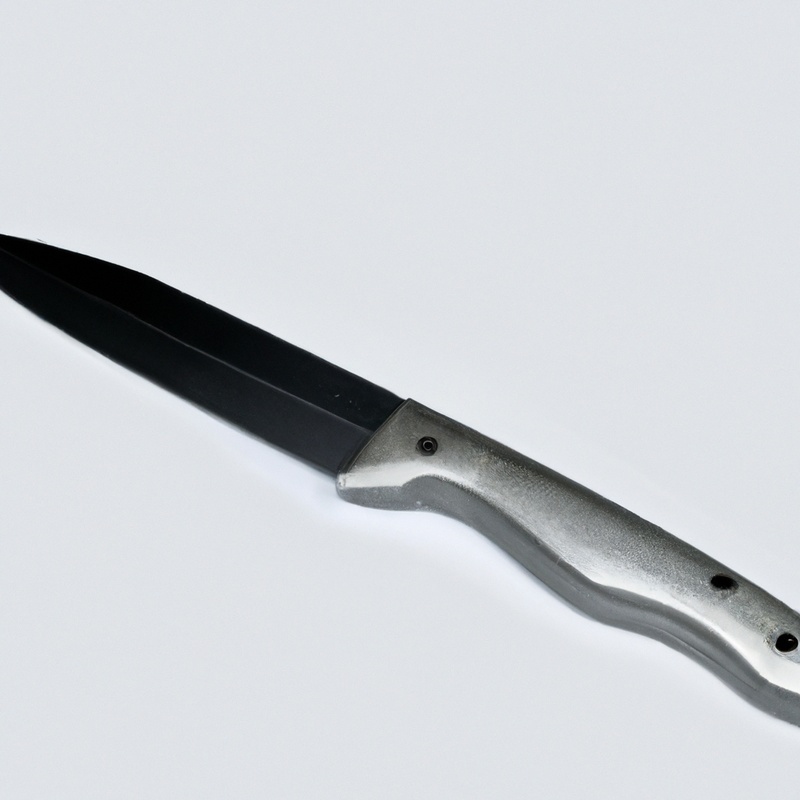
Dense Fruits and Vegetables
Dense fruits and vegetables, such as pineapples, melons, and butternut squash, are best suited for serrated knives. The sharp teeth on the blade make it easier to slice through tough exteriors and softer interiors without squishing or crushing them.
Serrated knives provide a clean and precise cut, allowing you to enjoy your favorite produce without any hassle.
So next time you’re preparing these foods, reach for your trusty serrated knife!
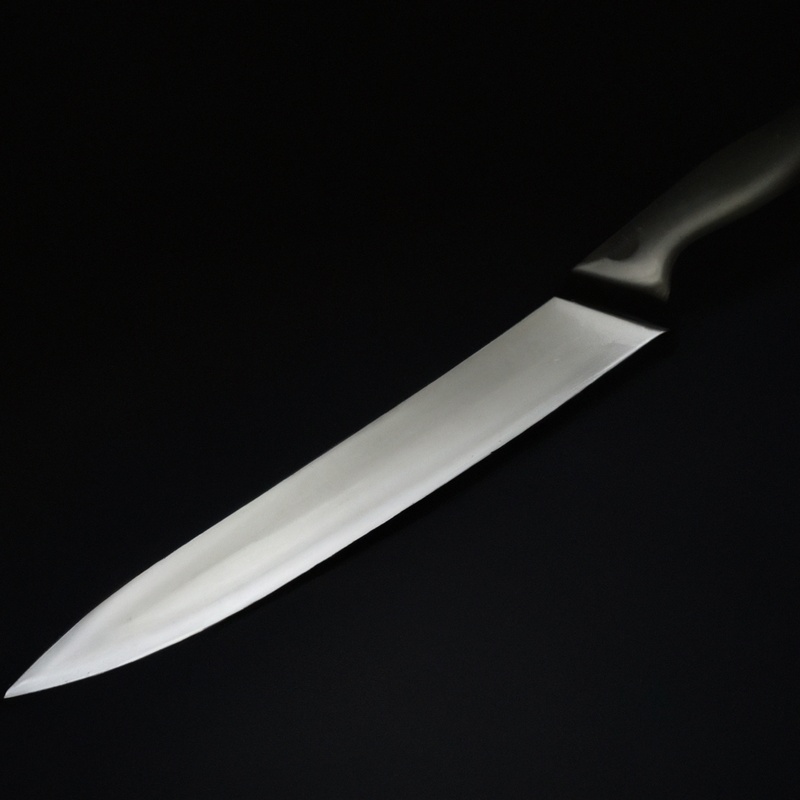
Soft and Delicate Foods
Soft and delicate foods require a serrated knife for precise and clean cuts. The serrated edges help to glide through these types of food without crushing or tearing them.
Some examples of soft and delicate foods that are best suited for a serrated knife include ripe tomatoes, cakes, pastries, and soft cheeses.
The sharp points and ridges of the serrated blade ensure that these foods maintain their integrity and presentation.
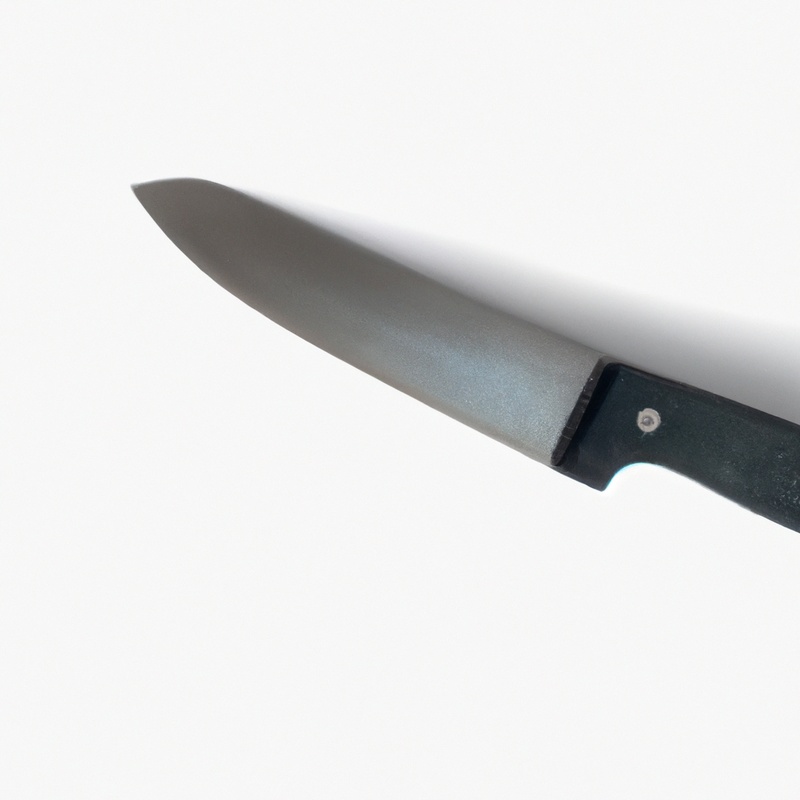
Foods with a Hard Exterior and Soft Interior
Foods with a hard exterior and soft interior, such as crusty breads, melons, and avocados, are best suited for serrated knives. The serrations help grip and cut through the tough outer layer without crushing or tearing the softer interior.
This makes slicing these foods much easier and more precise.
Other examples include pineapples, oranges, and grapefruits. Serrated knives are designed to handle these types of foods effectively.
Tough Meats
When it comes to tough meats, a serrated knife is your best bet. The teeth on a serrated blade can easily cut through the tough fibers, making it ideal for meat like steak, roasts, and even poultry.
With a serrated knife, you’ll be able to slice through these meats effortlessly and get clean, even cuts every time.
Just make sure to use a sawing motion for the best results.
Slicing Tomatoes and Citrus Fruits
Serrated knives are excellent for slicing tomatoes and citrus fruits. The sharp, jagged edges of the blade allow for clean, precise cuts without squishing or tearing the delicate flesh of these fruits.
Whether you’re making a refreshing citrus salad or a juicy tomato sandwich, a serrated knife will make the task quick and easy.
Plus, the saw-like action of the blade ensures a smooth, effortless slicing motion. So go ahead and enjoy your favorite fruits with the help of a trusty serrated knife!
Benefits of Using a Serrated Knife
Reduced Effort and Precision
Using a serrated knife reduces effort and provides precision when cutting various foods. The serrations on the blade grip the food, allowing for smoother and easier slicing motions.
This means you don’t have to exert as much force to cut through tougher textures, such as crusty bread or tomatoes with a firm skin.
The serrated edge also helps to maintain accuracy and control, ensuring clean and neat cuts every time. Whether it’s slicing bread or tackling tough-skinned fruits, a serrated knife makes your cutting tasks a breeze.
Minimized Compression and Tearing
Minimized compression and tearing are two key benefits of using a serrated knife. The jagged teeth on the blade allow for easier cutting without squishing or crushing the food.
Whether you’re slicing through a loaf of bread, delicate fruits, or tough meats, a serrated knife’s design helps maintain the food’s shape and texture.
It’s especially useful when working with foods that have a hard exterior and soft interior, like tomatoes or citrus fruits. So, you can enjoy precise cuts without worrying about unnecessary damage or mess.
Better Handling of Crusty or Slippery Foods
When it comes to handling crusty or slippery foods, a serrated knife can be your best friend. The saw-like edge of a serrated knife easily cuts through crispy bread crusts without crushing the soft interior.
It also provides a secure grip on slippery foods like tomatoes or citrus fruits, preventing them from slipping out of your hand.
So, whether you’re slicing through a crusty baguette or a juicy tomato, a serrated knife ensures precise and effortless cutting.
Care and Maintenance for Serrated Knives
Cleaning and Drying Properly
When it comes to cleaning and drying your serrated knife, it’s important to do it properly to maintain its sharpness and longevity. Here’s a simple guide to follow:
- Handwash: Always handwash your serrated knife with warm, soapy water immediately after use. Avoid soaking it, as prolonged exposure to water can cause damage to the blade.
- Gentle scrubbing: Use a soft sponge or brush to remove any food particles or residue from the serrations. Be careful not to scrub too vigorously, as it may dull the edges.
- Rinse thoroughly: Rinse the knife under running water to remove any remaining soap or debris.
- Dry completely: Thoroughly dry the knife with a clean towel to prevent any moisture from causing rust or corrosion. Pay special attention to the serrations, making sure they are completely dry.
Sharpening and Honing Techniques
When it comes to sharpening and honing your serrated knife, there are a few techniques you can use. One option is to use a ceramic sharpening rod, gently running the blade’s serrations along the rod.
Another method is to use a sharpening stone, applying light pressure and moving the blade in a sawing motion.
Honing can be done by using a honing rod, aligning the serrations with the rod’s ridges. Practice caution and take your time to ensure a properly sharpened and honed knife.
Storage Suggestions
When it comes to storing your serrated knives, there are a few simple guidelines to follow. First, make sure to clean and dry them thoroughly before storing to prevent any moisture or rust.
Store them in a knife block, magnetic strip, or knife guard to protect the blade.
Avoid storing them loose in a drawer, as it can cause damage to both the knife and your fingers. Remember to keep them separate from other kitchen utensils to prevent any accidental injuries.
Following these storage suggestions will help keep your serrated knives in great shape for years to come.
Final Verdict
When it comes to choosing the right knife for specific foods, serrated knives offer a variety of advantages. Their toothed edges excel at slicing through bread, dense fruits and vegetables, soft and delicate foods, foods with a hard exterior and soft interior, and tough meats.
Additionally, serrated knives provide reduced effort and precision, minimize compression and tearing, and offer better handling of crusty or slippery foods.
To keep your serrated knife in optimal condition, ensure proper cleaning and drying, sharpening and honing techniques, and storage suggestions are followed. By using and maintaining a serrated knife effectively, you will enhance your culinary experience.

